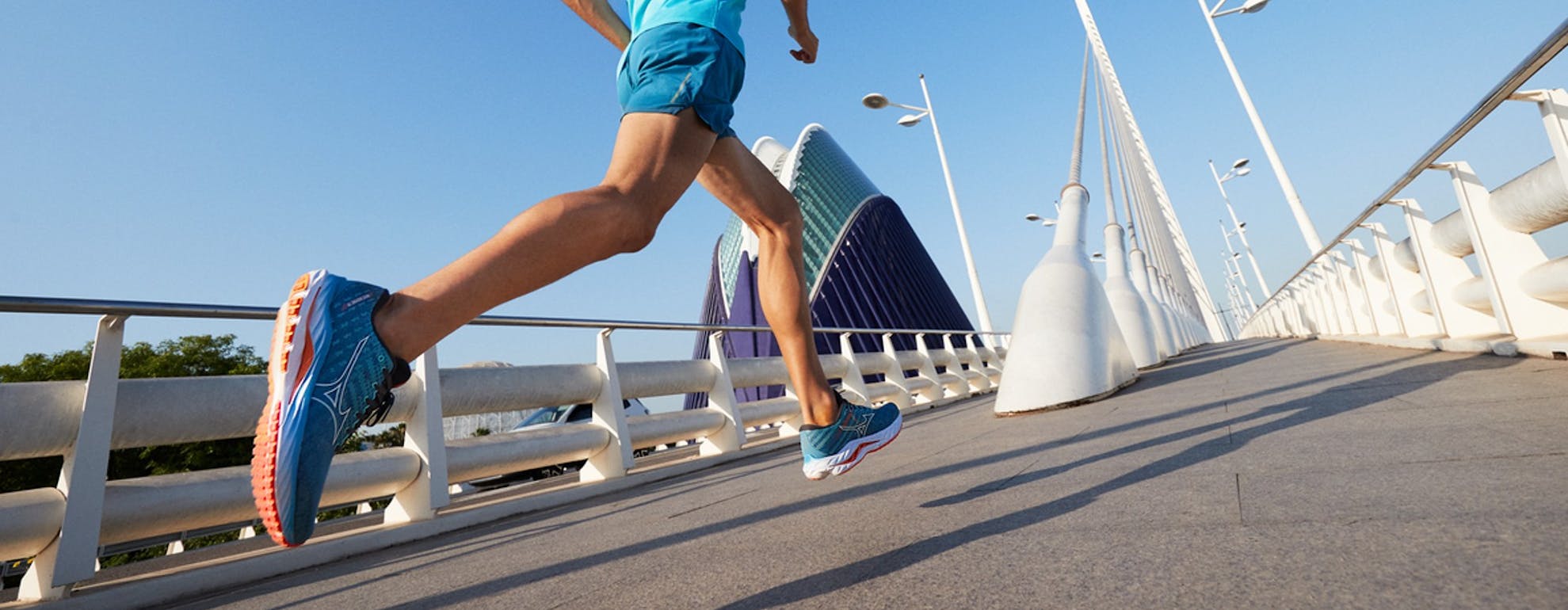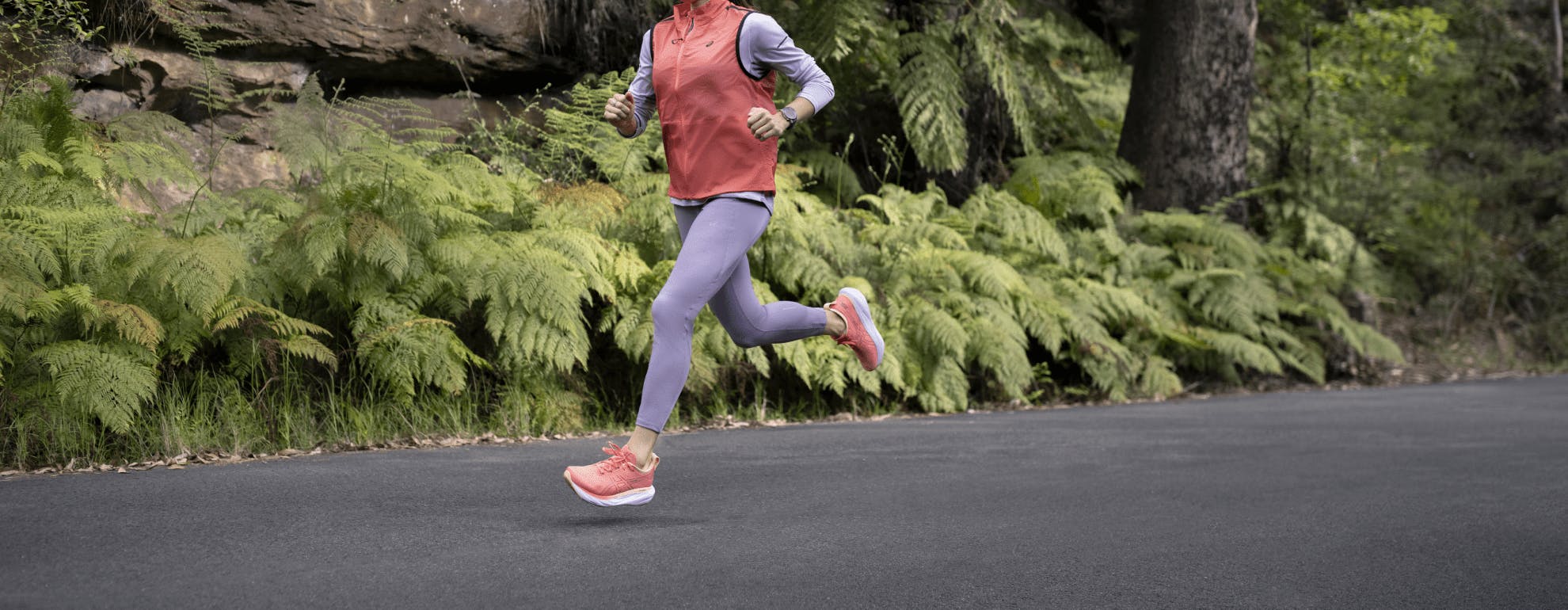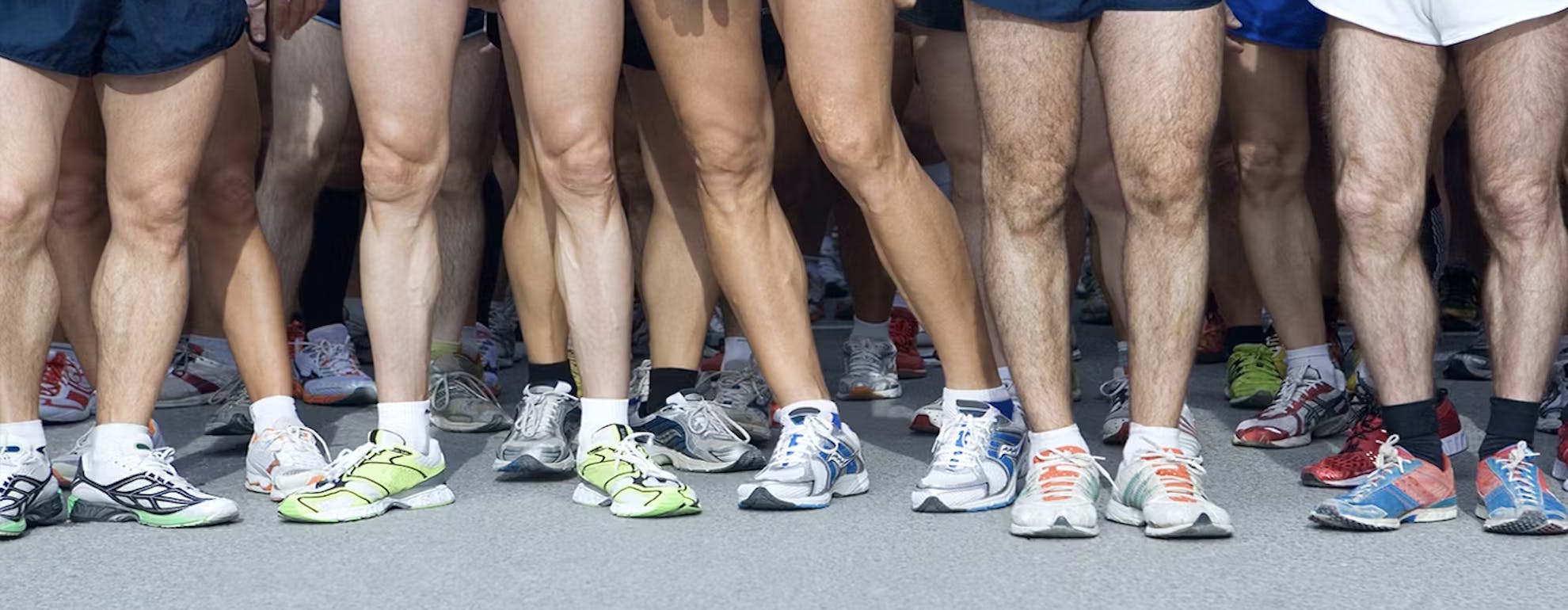
Kit & Gear
How to stay warm whilst Hiking
The beauty of hiking is coming into close contact with nature and the elements. Fiery sunrises on frosty mornings or mist soaked, stormy landscapes make for stunning and exhilarating hikes, but the cold and wet can also ruin your experience. Here’s how to stay dry and warm on your outdoor adventure should the weather turn.
ㅤ
1. LAYER UP
Wearing just one layer, even if it’s heavy, won’t insulate you as well as wearing thinner, multiple layers that trap heat. Layering up with technical fabrics helps keep the elements out whilst insulating the body and allowing the skin to breathe.
Start with a technical, breathable base layer. The base layer lightly insulates and wicks sweat from your skin, ensuring that you aren’t left damp and miserable when the temperature drops at the end of the day. Combine this with a breathable, insulating mid layer to trap heat such as a thermal fleece or merino wool long sleeved top. You should then add a fully water and windproof outer shell to keep out wind and rain. Look for fabrics such as Gore-Tex which not only provide maximum protection but still provide some breathability. On very cold days or to stay warm overnight opt for thermal base layers to boost insulation.
ㅤ
2. PROTECT YOUR EXTREMITIES
Often where most heat is lost; cold fingers and toes can make for a miserable experience. Wear thick merino wool socks, and thermal gloves and thermal hat to help prevent heat being lost from these areas and if very cold, layer them. It’s also a good idea to protect the exposed neck area with a thermal buff. On cold nights leave these on overnight.
ㅤ
3. PACK SPARE CLOTHES
If you’re camping overnight, change into a dry set of clothes as soon as you’ve set up camp – never sit around shivering in wet clothes, no matter how tired you are. A great tip is keeping tomorrow’s dry clothes in your sleeping bag to protect them from damp – this also helps to fill in your sleeping bag, leaving the body with less space to insulate. Even if you’re only out on a day hike, take at minimum a change of socks for the car journey home.
ㅤ
4. EAT MORE
Digestion generates heat and calories are used by the body to help stay warm. Foods such as nuts and oats or generally fatty foods work best for this, offering the most calories for weight. Eat regularly through the day and try to have a warm meal when you’ve set up camp if you’re pitching up overnight.
ㅤ
5. TAKE A WARM DRINK
Drinking a hot drink increases body temperature, so make sure to take along a thermos and ideally have a warm drink directly before you get into your sleeping bag. The idea is to be as warm possible before you get into bed, leaving the body with less insulating work to do once you’re in your sleeping bag.
ㅤ
6. PITCH UP IN A SHELTERED SPOT
If you can, pitch your tent in a sheltered spot, using natural windbreaks such as at the bottom of a valley, a line of trees (not too close though!) or a dense hedge.
Interested in the latest shoes, apparel and technology? Then head over to our Kit & Gear category for more reviews, tips, advice and product releases.
Welcome
Welcome to SportsShoes Kit & Gear Hub! Here you'll find all the information and advice you need about the very latest kit, technology and gear.
Read More
Share this
Featured articles
View All



